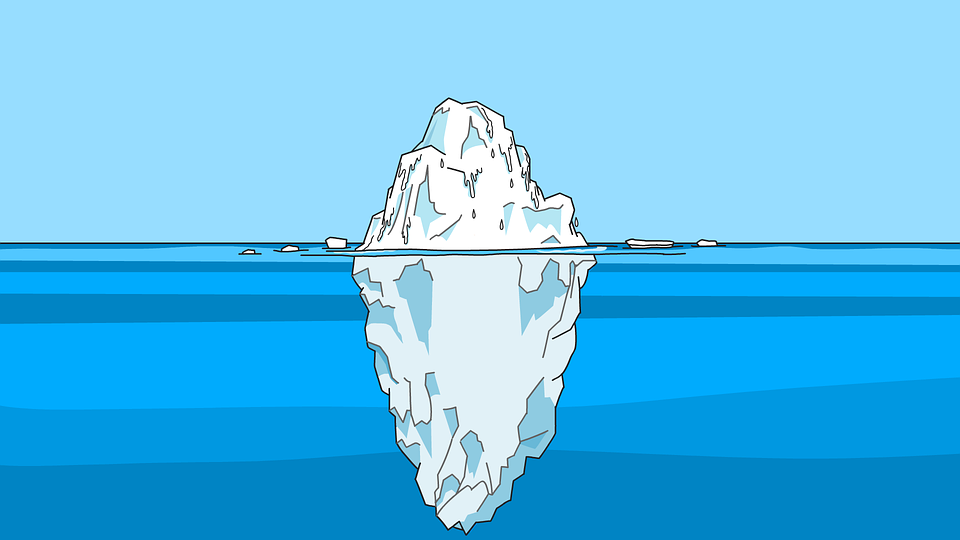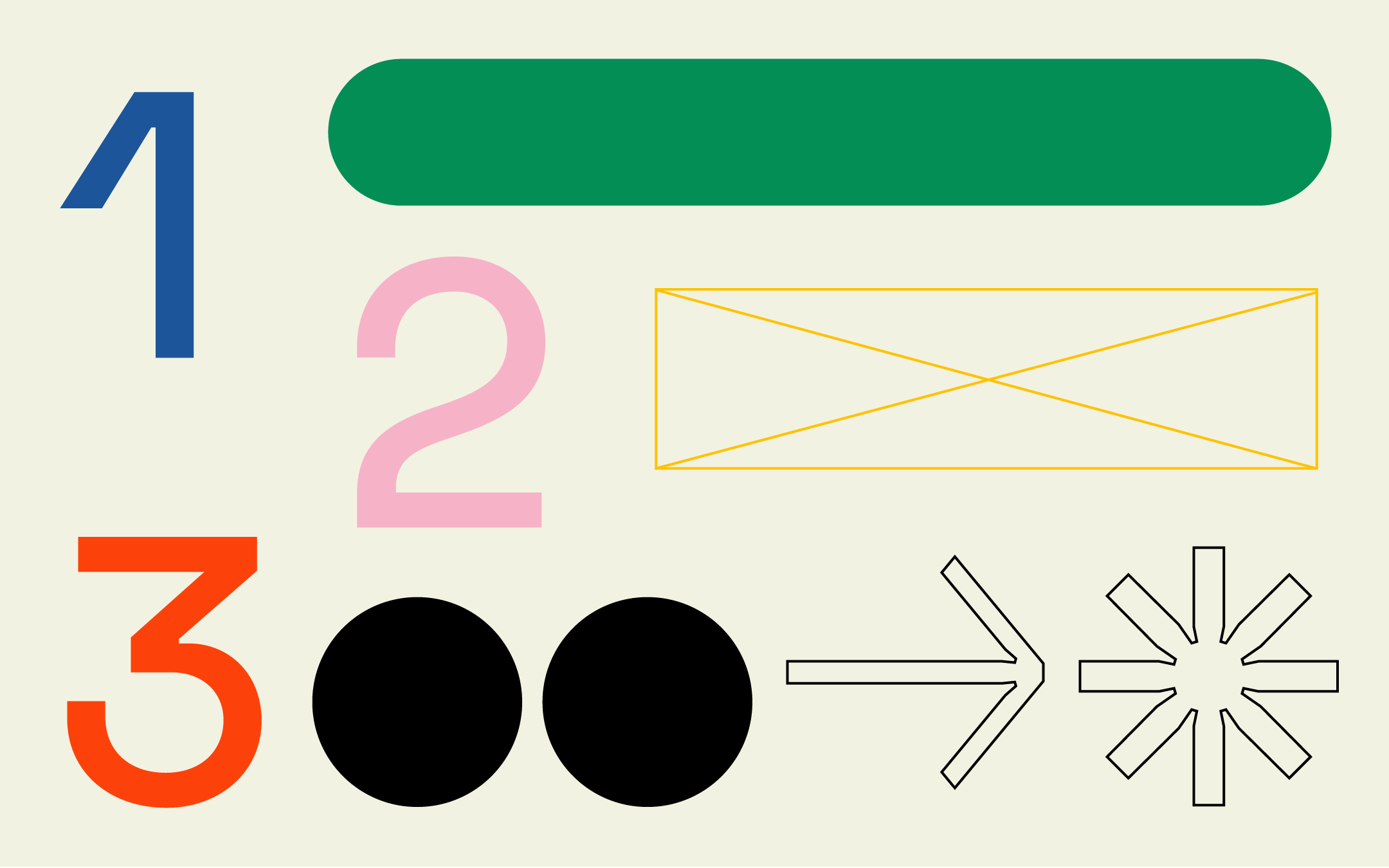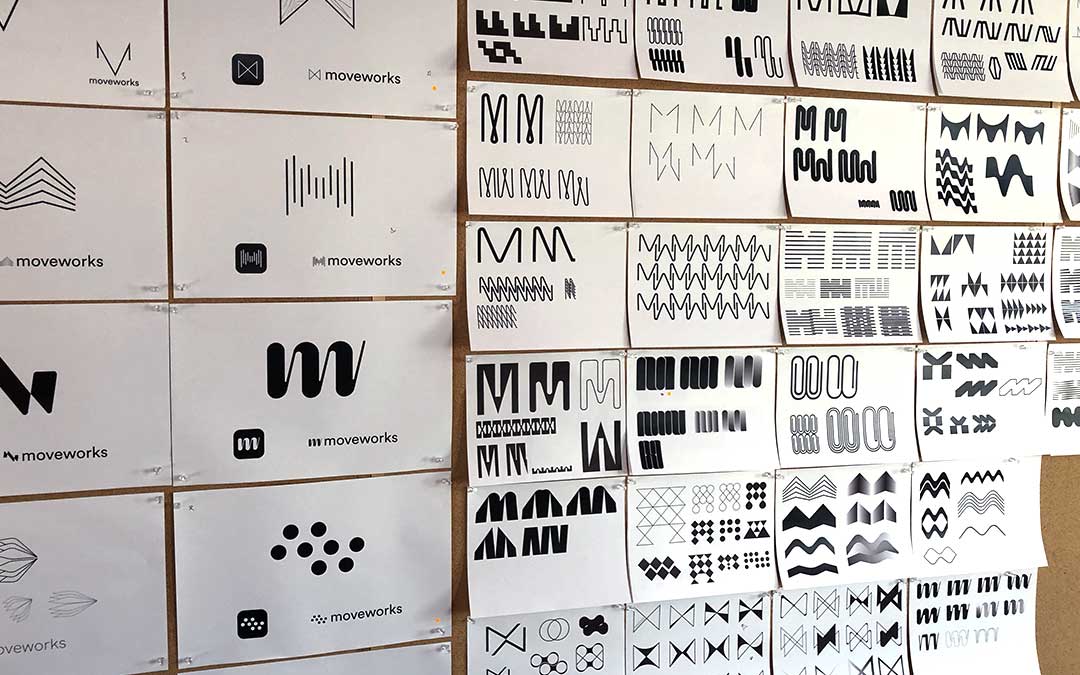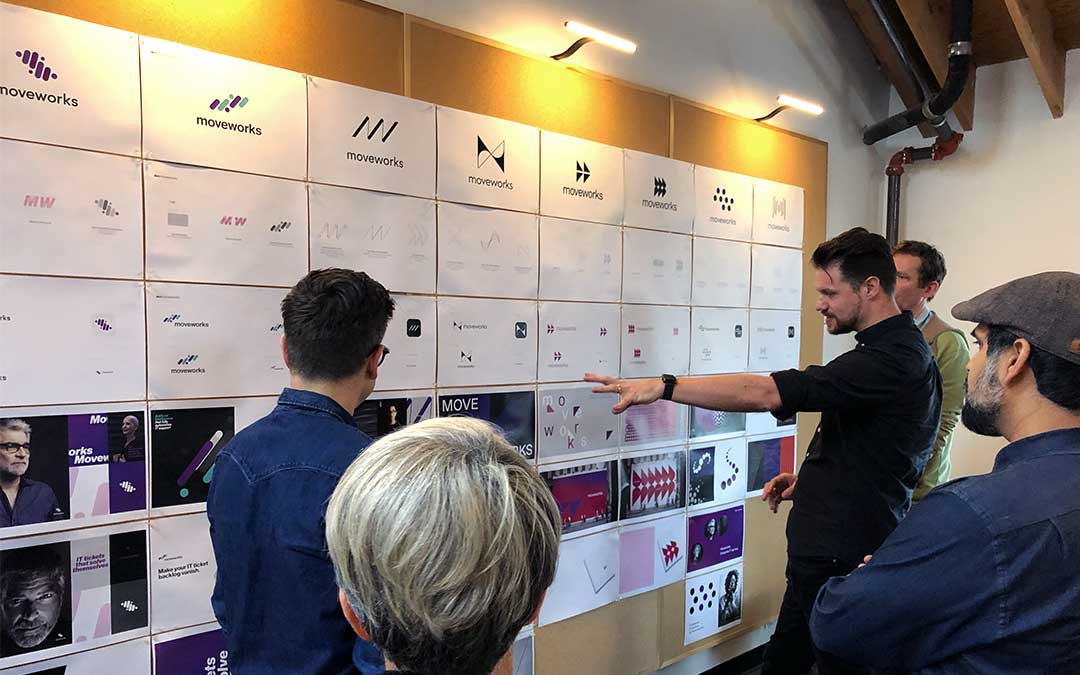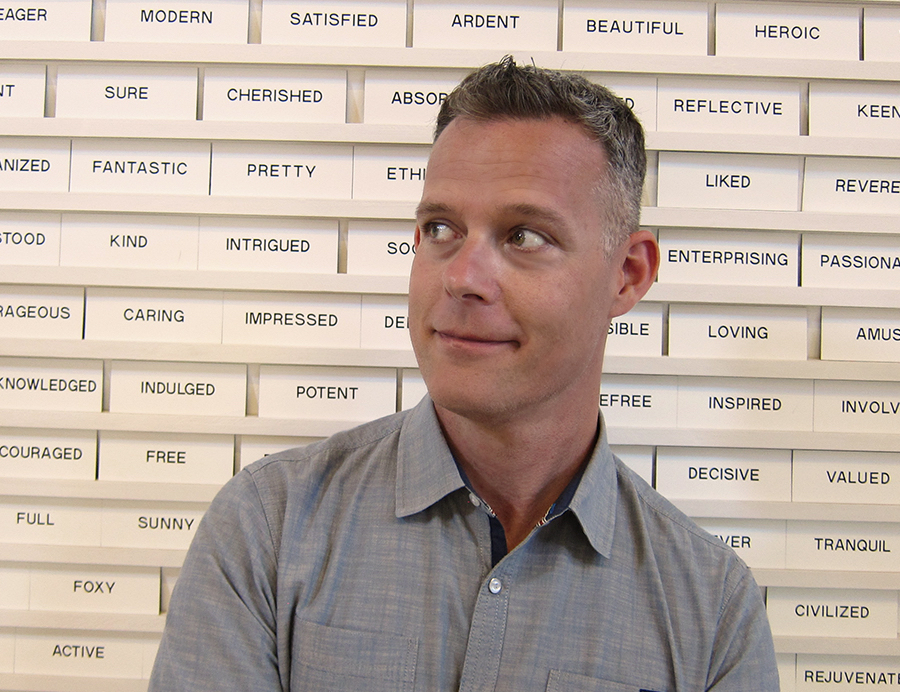Helping Our Clients Be Successful
As a brand strategy agency, it’s our job to ensure that our clients are successful. The strategy and strategically-informed design we create is meant to position our clients’ business and brand to thrive.
But at the end of the day, it’s not just about how smart or groundbreaking the strategy or design is. There’s a lot of planning and change management that goes into making sure the project is successful and followed through from start to finish in the most impactful way possible. Operations and project management are key to any brand strategy project. Helping a client manage their project, aligning our teams together, and pushing a project forward on schedule is no easy task.
In our experience, change management and ensuring our clients’ success hinges on:
1. Developing a relationship
The first step is all about building a relationship. We’re all human after all. As an agency, we put people first. That’s at the heart of Emotive Brand and what we believe business should be—human. You have to get to know the client and the client has to get to know you. It’s all about trust and respect. Any project will have ups and downs that require give and take, so it’s important to establish common ground. What makes shifts and obstacles down the road easier is when both the client and agency feel like they’re on the same team.
The benefits of building trust are unending. We want people to come to us and say: “We have this doubt. We need help with this. How would you approach this?” And it’s easier to get people to let you guide them and be open to your advice and strategy if they trust you.
It all starts with focusing on the relationship. Creating an environment where you can—if need be—deliver bad news, or say no. Creating an environment where you can celebrate successes and also power through obstacles, together. Face time is important here. Whether its virtual conferences, workshops, meetings, these are often appropriate and convenient tools for communication—especially given our current circumstances. It’s key to understanding people and the cultures they work in. It gives context to people and how they think and work. It changes the relationship for the better and helps collaboration flourish more naturally.
When former clients still call us to check in, to ask how we are, and seek our advice long after a project is over—that’s a success to us.
2. Establishing the expectation of accountability and ownership
Planning, creating calendars, establishing deadlines, setting up check-ins, all of these planning tools are key. But they only really work if people actually show up and deliver what’s expected of them, and this all hinges on accountability. Setting expectations about availability and respecting each other’s timing from the onset is just as important as doing what you say you’re going to do.
As the agency, we create standing project management meetings with our clients to make sure that everyone knows what’s expected of them and to help everyone stay accountable. These meetings are a platform for discussing key milestones, workshops, deadlines, etc. We’ve found that projects get stalled when people feel they are too busy to meet with you. This is why having these meetings is so important. Everyone’s busy. Everyone’s time matters. But by being clear about expectations and deadlines, we get the project done with the least amount of time wasted.
When we figure out how to manage the project together and are aligned around key dates (board meetings, all-hands meetings, etc.) we can more easily build a schedule around an already existing workflow—capitalizing on opportunities when people are already going to be together, which is especially important for global clients.
It’s also important to establish who the key decision-makers are at the outset: who owns the project and who ultimately has the ability to move the project forward. We have to get to the heart of who these people are so we make sure they are there for key moments of the process.
When a project gets stalled because the schedule isn’t followed, the impact gets diluted. There are large stakes. That’s why planning out the resource requirements and establishing accountability from the beginning is so integral to the overall project success—setting up what you need, when you need it, and from whom you’re getting it.
3. Working proactively, always anticipating
Change is hard for anyone, but anticipating the challenges of change is what’s going to make it possible. It’s all about bringing the right people into the process at the right time. There are times when we have to add in minor steps within the process because we anticipate a roadblock ahead. For example, doing a pre-presentation to an executive in order to get them on board and comfortable ahead of a bigger meeting.
It’s also helpful to draw from past experiences in order to anticipate and read the signs of what’s ahead. Every client is different, but we learn different things from each experience. We’re always thinking about the questions: “What would help this process? What would help to get this person on board? What do we need to do to move this forward? What needs to happen next?”
It’s all about being proactive and being a step ahead. That’s what helps make hard transitions smoother. That’s what makes preparing for change feasible.
4. Rigor and flexibility
For a process to create an innovative, change-making strategy it needs to be coupled with rigor and order that ensures trust and confidence.
There’s got to be a process, but you also have to be able to flex within that process. No two projects are the same. Different forks always appear in the road, and often, you have to pause or stop and reflect. Sometimes, you just need more time. Other times, you need more people or even a different direction. We see deliverables shift based on needs. The solution might change but, whatever the change, being flexible within the rigor of the process is key.
Along the journey, you always uncover new things. Listening—really listening—to the client’s needs is key. And needs are ever-evolving. Flexibility comes from learning and adapting to these evolving needs.
Ensure the success of the project and position your client to thrive. That’s the goal, and we are always striving towards better ways of helping our clients reach their goals.
Emotive Brand is a brand strategy and design agency in Oakland, California.


